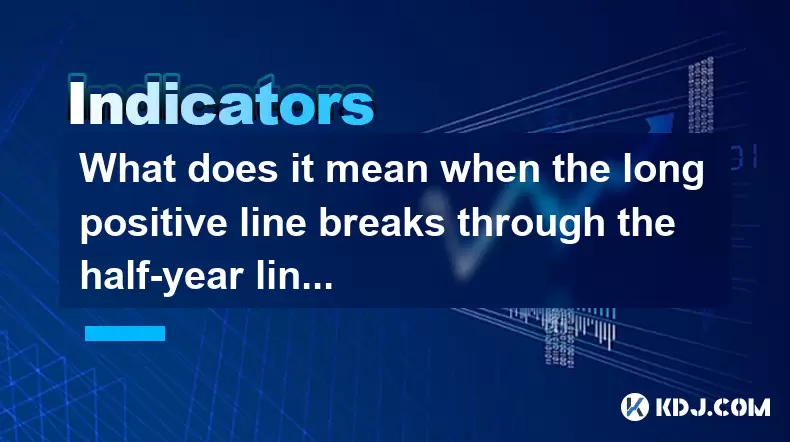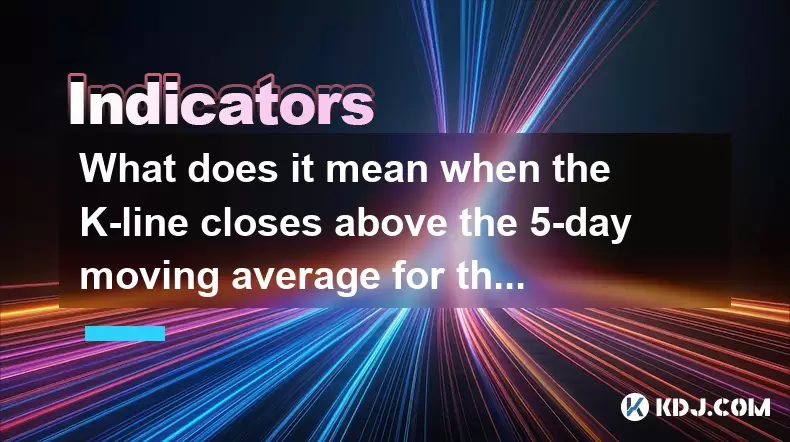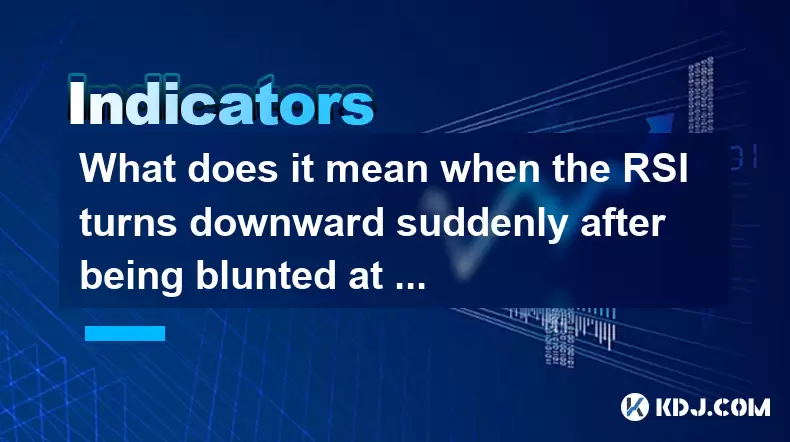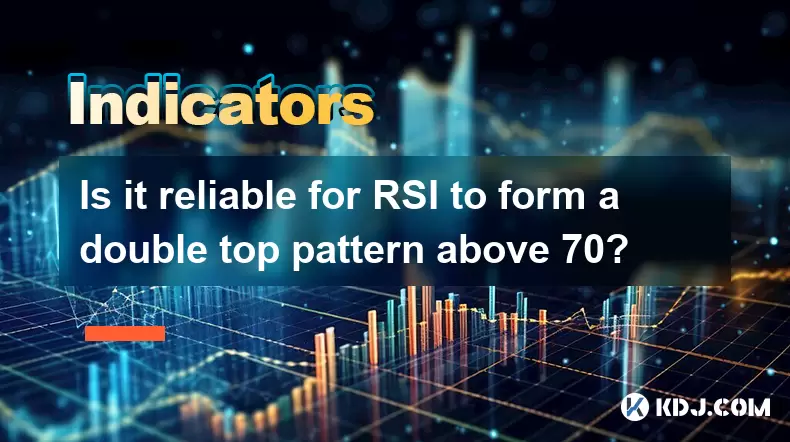-
 Bitcoin
Bitcoin $115800
-2.47% -
 Ethereum
Ethereum $3690
1.19% -
 XRP
XRP $3.105
-1.91% -
 Tether USDt
Tether USDt $0.9999
-0.07% -
 BNB
BNB $771.0
0.19% -
 Solana
Solana $179.9
-3.54% -
 USDC
USDC $0.9998
-0.03% -
 Dogecoin
Dogecoin $0.2291
-3.40% -
 TRON
TRON $0.3140
0.81% -
 Cardano
Cardano $0.8007
-1.24% -
 Hyperliquid
Hyperliquid $42.92
-0.44% -
 Stellar
Stellar $0.4212
-2.16% -
 Sui
Sui $3.730
0.03% -
 Chainlink
Chainlink $18.06
0.03% -
 Bitcoin Cash
Bitcoin Cash $546.6
5.08% -
 Hedera
Hedera $0.2438
0.55% -
 Avalanche
Avalanche $23.57
-0.81% -
 Litecoin
Litecoin $114.2
1.04% -
 UNUS SED LEO
UNUS SED LEO $8.970
-0.35% -
 Shiba Inu
Shiba Inu $0.00001363
-0.16% -
 Toncoin
Toncoin $3.136
-0.89% -
 Ethena USDe
Ethena USDe $1.001
-0.04% -
 Uniswap
Uniswap $10.30
1.42% -
 Polkadot
Polkadot $4.013
-0.06% -
 Monero
Monero $324.8
0.87% -
 Dai
Dai $0.9999
-0.04% -
 Bitget Token
Bitget Token $4.509
-1.38% -
 Pepe
Pepe $0.00001226
-2.60% -
 Aave
Aave $291.8
1.34% -
 Cronos
Cronos $0.1294
2.19%
How to judge the monthly CCI crossing up + weekly three consecutive Yang + daily shrinking volume back to support?
A monthly CCI cross above -100, three weekly green candles, and daily volume shrinking at support signal a high-probability bullish reversal when aligned.
Jul 24, 2025 at 02:56 pm

Understanding the Components of the Trading Signal
To judge the monthly CCI crossing up, it's essential to understand that the Commodity Channel Index (CCI) measures the current price level relative to an average price over a specific period. When the monthly CCI crosses above the -100 level, it signals a potential shift from oversold to bullish momentum on a long-term scale. This crossing indicates that the asset may be emerging from a prolonged downtrend. Traders monitor this crossover closely because it reflects a change in market sentiment across a broader timeframe. The monthly chart provides a macro view, so this signal is considered stronger than shorter-term indicators.
The weekly three consecutive Yang candles refer to three successive bullish (green) Japanese candlesticks on the weekly chart. Each Yang candle represents a week where the closing price is higher than the opening price. This pattern suggests consistent buying pressure over three weeks. The presence of higher closes, ideally with increasing volume, strengthens the bullish case. It's important to confirm that the bodies of the candles are substantial and not overshadowed by long upper wicks, which might indicate rejection at higher prices.
The daily shrinking volume back to support involves analyzing volume trends on the daily chart. When volume decreases while the price pulls back to a known support level—such as a prior swing low, moving average, or trendline—it often indicates that selling pressure is drying up. A shrinking volume during a pullback suggests that bears are losing conviction, while bulls may be accumulating positions in anticipation of a rebound. This condition is most reliable when the support level has been tested and held multiple times in the past.
How to Identify Monthly CCI Crossover Correctly
- Ensure the CCI indicator is applied to the monthly timeframe with the standard period of 14.
- Wait for the CCI line to cross above the -100 threshold from below.
- Confirm that the crossover occurs after a period of oversold conditions, typically below -100 for several months.
- Check that the price is not in a sharp parabolic rise, which could indicate a short-term pump rather than sustainable momentum.
- Cross-verify with monthly MACD or RSI to ensure alignment in momentum signals.
Misinterpreting a minor bounce as a true crossover can lead to false entries. It's crucial that the CCI sustains above -100 for at least one full month to reduce whipsaw risk. Some traders also look for the CCI to cross above the 0 line later as confirmation of strength, but the initial signal is the -100 breakout.
Validating the Weekly Three Consecutive Yang Candles
- Switch the chart to weekly intervals and locate the most recent three candlesticks.
- Confirm that each candle is bullish (green), meaning the close is higher than the open.
- Examine the candlestick patterns—avoid cases where the third candle is a doji or has a very small body, as this shows indecision.
- Look at the volume trend across the three weeks; rising volume enhances the reliability of the signal.
- Ensure the candles are forming above key moving averages, such as the 50-week or 200-week MA, for added confirmation.
If the third Yang candle closes near its high, it suggests strong buying interest. Conversely, long upper shadows may indicate resistance overhead, requiring caution. The alignment of these candles after a downtrend or consolidation phase increases the signal’s significance.
Analyzing Daily Shrinking Volume at Support
- On the daily chart, identify a clear support level using horizontal lines, trendlines, or moving averages.
- Observe the volume bars during the price approach to this support.
- Confirm that volume is declining compared to prior down moves, indicating reduced selling.
- Use volume indicators like On-Balance Volume (OBV) or Volume Oscillator to quantify the trend.
- Watch for a bullish reversal candle (e.g., hammer, bullish engulfing) at the support zone.
For example, if Bitcoin drops to $60,000—a known support—and each down day shows lower volume than the last, it suggests capitulation is ending. A final small red candle with the lowest volume in the series often precedes a reversal. This setup works best when combined with oversold readings on daily RSI (below 30).
Combining the Three Signals for High-Probability Entry
- Begin by confirming the monthly CCI has crossed above -100 and remains above it.
- Then verify that the weekly chart shows three green candles in a row, ideally with improving volume.
- Finally, on the daily chart, wait for price to retest a support level with shrinking volume.
- Look for confluence with Fibonacci retracement levels, such as 61.8%, to strengthen the support case.
- Enter a long position when a bullish confirmation candle closes above the daily resistance of the pullback.
Risk management is critical. Place a stop-loss just below the support level, typically 2% to 5% under, depending on volatility. Use position sizing to limit exposure. Avoid entering if any of the three conditions are ambiguous or contradicted by other indicators like long-term trendlines or on-chain data.
Common Pitfalls and How to Avoid Them
- Ignoring timeframe alignment: A bullish weekly pattern means little if the monthly trend is still bearish. Always prioritize higher timeframes.
- Overlooking volume quality: Shrinking volume must occur during the pullback, not during the prior uptrend. Misreading this can lead to false signals.
- Failing to confirm CCI crossover: A single bar above -100 isn’t enough. Wait for the monthly close to finalize.
- Trading against major resistance: Even with all signals, a strong overhead resistance zone can block upward movement. Always check for nearby supply clusters.
Using multiple exchanges or charting platforms like TradingView helps verify data accuracy. Backtesting this strategy on historical data across assets like Ethereum, Solana, or Binance Coin can reveal its effectiveness in different market cycles.
Frequently Asked Questions
What if the weekly candles are green but have long upper shadows?
Long upper shadows suggest rejection at higher prices. While the candles are technically Yang, the signal weakens if all three show upper wicks. Focus on candles with strong closes near their highs, indicating sustained buying pressure.
Can the daily support level be a moving average instead of a horizontal level?
Yes, dynamic supports like the 20-day or 50-day EMA are valid. The key is that the price has respected this level in the past. Shrinking volume while touching the moving average increases the likelihood of a bounce.
How long should the monthly CCI stay above -100 to be considered valid?
The crossover should be confirmed by the end of the monthly candle. If CCI dips back below -100 in the following month, the signal is invalidated. A sustained move above -100 for two consecutive months strengthens the bullish case.
Is it necessary for all three conditions to occur simultaneously?
They don’t need to align on the same day, but they should exist within a coherent timeframe—ideally, the monthly signal precedes the weekly and daily patterns. A monthly crossover from three months ago still provides context, but freshness improves reliability.
Disclaimer:info@kdj.com
The information provided is not trading advice. kdj.com does not assume any responsibility for any investments made based on the information provided in this article. Cryptocurrencies are highly volatile and it is highly recommended that you invest with caution after thorough research!
If you believe that the content used on this website infringes your copyright, please contact us immediately (info@kdj.com) and we will delete it promptly.
- Pump, Bonk, Buyback: A Wild Ride in Crypto Town!
- 2025-07-25 19:10:12
- Punisher Coin, Dogecoin, Shiba Inu: Meme Coin Mania in the 2025 Crypto Landscape
- 2025-07-25 19:10:12
- Celestia's Token Control: Buyback & Staking Overhaul in Focus
- 2025-07-25 19:50:11
- Altcoins, Bitcoin, and Crypto Coins: What's Hot in the NYC Crypto Scene?
- 2025-07-25 19:55:52
- Litecoin Price Breakout Imminent? Rally Potential Explored!
- 2025-07-25 17:30:12
- Ether ETFs Surge, Bitcoin Wobbles: Is an ETH Breakout Imminent?
- 2025-07-25 16:50:12
Related knowledge

How to interpret that the KDJ D line is downward for a long time but the price is sideways?
Jul 25,2025 at 07:00pm
Understanding the KDJ Indicator and Its ComponentsThe KDJ indicator is a momentum oscillator widely used in cryptocurrency trading to assess overbough...

What does it mean that the KDJ indicator forms a double bottom at a low level?
Jul 25,2025 at 05:08pm
Understanding the KDJ Indicator in Cryptocurrency TradingThe KDJ indicator is a momentum oscillator widely used in cryptocurrency trading to identify ...

What does it mean when the long positive line breaks through the half-year line and then steps back?
Jul 25,2025 at 06:49pm
Understanding the Long Positive Line in Candlestick ChartsIn the world of cryptocurrency trading, candlestick patterns play a vital role in technical ...

What does it mean when the K-line closes above the 5-day moving average for three consecutive days?
Jul 25,2025 at 10:07pm
Understanding the K-line and 5-day Moving AverageThe K-line, also known as a candlestick, is a critical charting tool used in technical analysis to re...

What does it mean when the RSI turns downward suddenly after being blunted at a high level?
Jul 25,2025 at 04:00pm
Understanding the RSI and Its Role in Technical AnalysisThe Relative Strength Index (RSI) is a momentum oscillator that measures the speed and change ...

Is it reliable for RSI to form a double top pattern above 70?
Jul 25,2025 at 04:49pm
Understanding the RSI Indicator and Its Role in Technical AnalysisThe Relative Strength Index (RSI) is a momentum oscillator that measures the speed a...

How to interpret that the KDJ D line is downward for a long time but the price is sideways?
Jul 25,2025 at 07:00pm
Understanding the KDJ Indicator and Its ComponentsThe KDJ indicator is a momentum oscillator widely used in cryptocurrency trading to assess overbough...

What does it mean that the KDJ indicator forms a double bottom at a low level?
Jul 25,2025 at 05:08pm
Understanding the KDJ Indicator in Cryptocurrency TradingThe KDJ indicator is a momentum oscillator widely used in cryptocurrency trading to identify ...

What does it mean when the long positive line breaks through the half-year line and then steps back?
Jul 25,2025 at 06:49pm
Understanding the Long Positive Line in Candlestick ChartsIn the world of cryptocurrency trading, candlestick patterns play a vital role in technical ...

What does it mean when the K-line closes above the 5-day moving average for three consecutive days?
Jul 25,2025 at 10:07pm
Understanding the K-line and 5-day Moving AverageThe K-line, also known as a candlestick, is a critical charting tool used in technical analysis to re...

What does it mean when the RSI turns downward suddenly after being blunted at a high level?
Jul 25,2025 at 04:00pm
Understanding the RSI and Its Role in Technical AnalysisThe Relative Strength Index (RSI) is a momentum oscillator that measures the speed and change ...

Is it reliable for RSI to form a double top pattern above 70?
Jul 25,2025 at 04:49pm
Understanding the RSI Indicator and Its Role in Technical AnalysisThe Relative Strength Index (RSI) is a momentum oscillator that measures the speed a...
See all articles

























































































